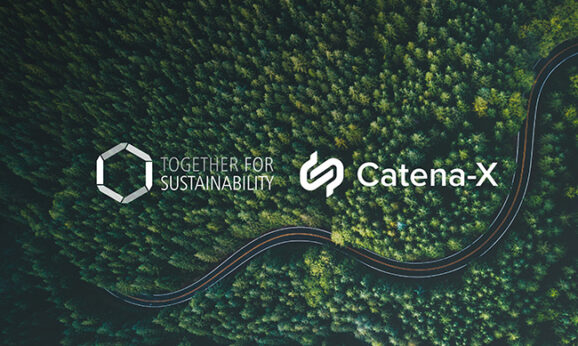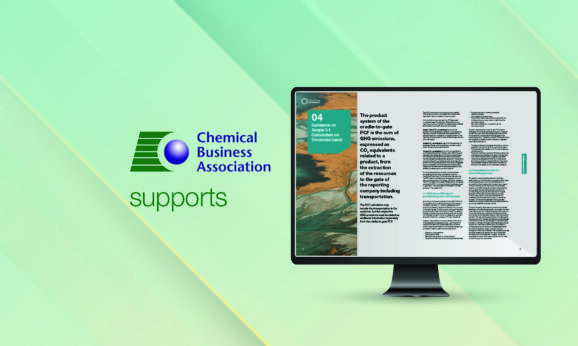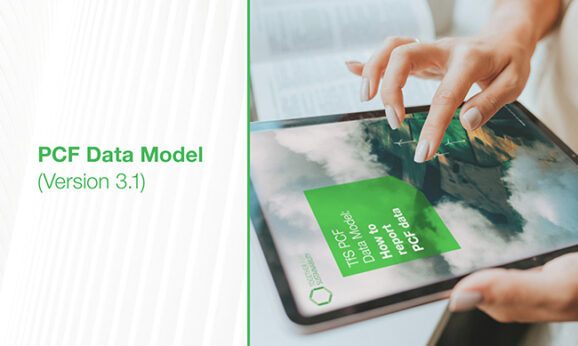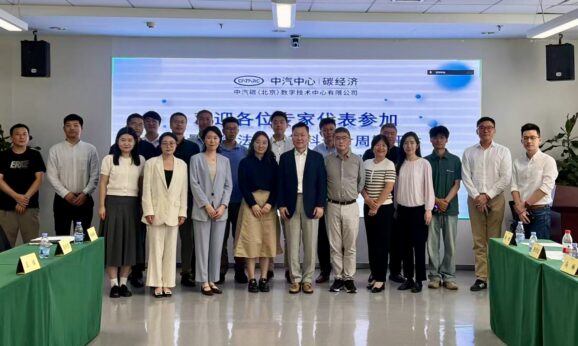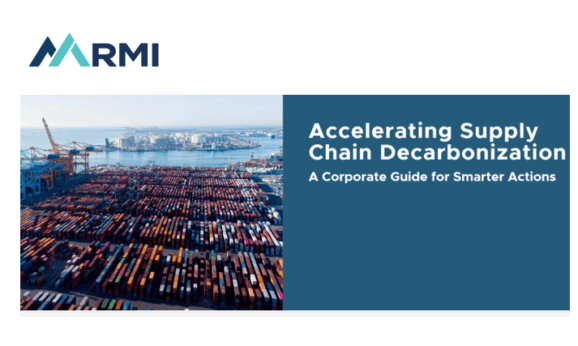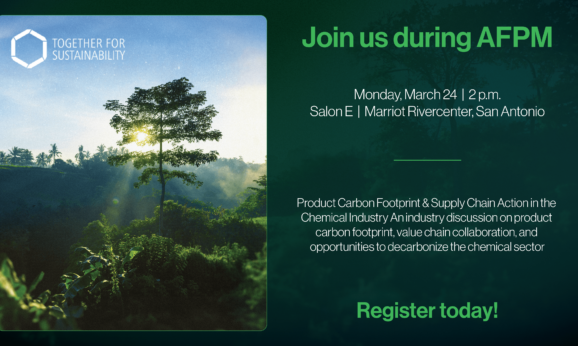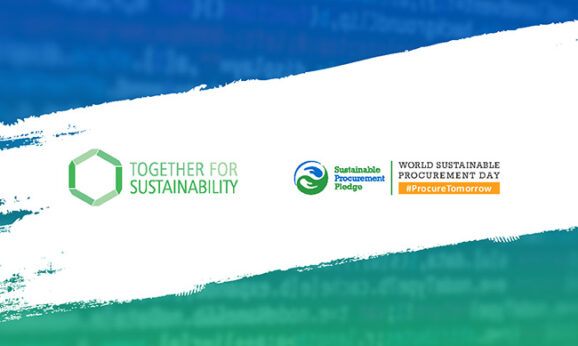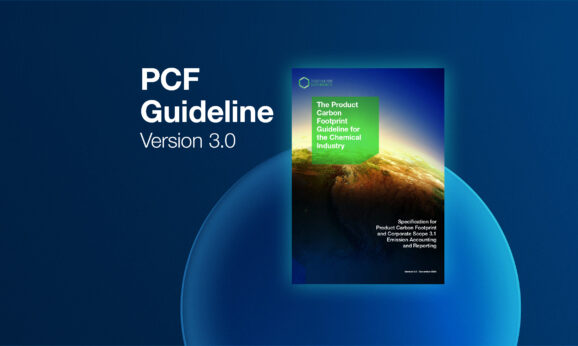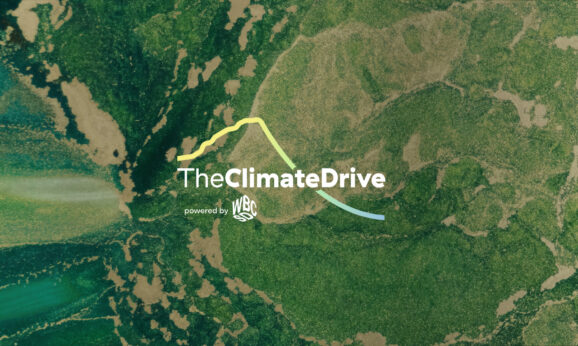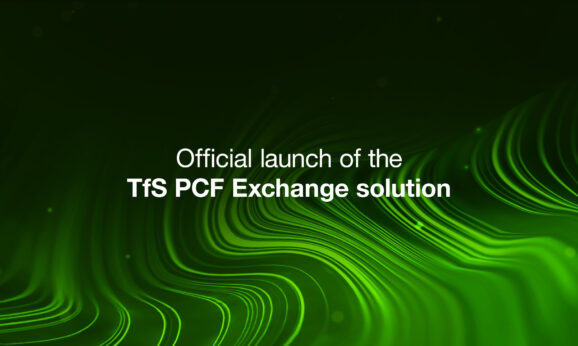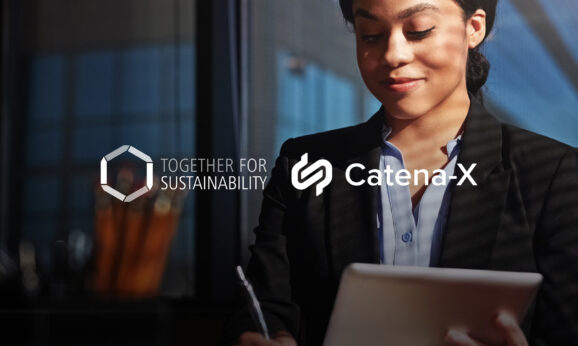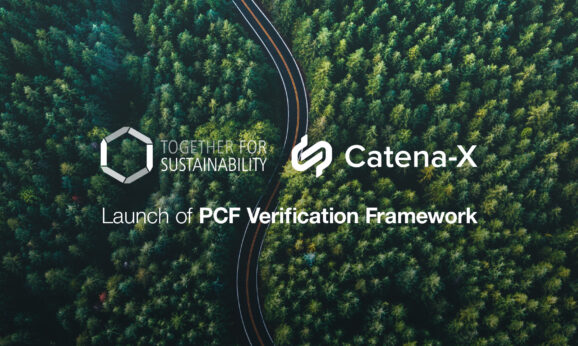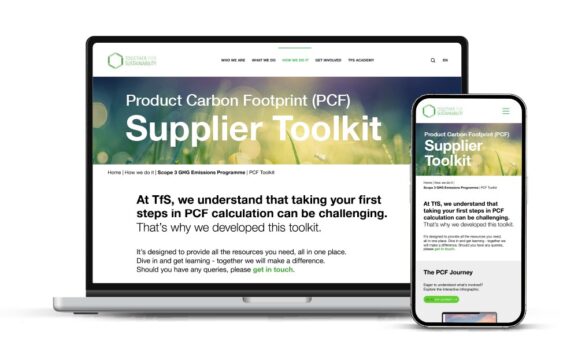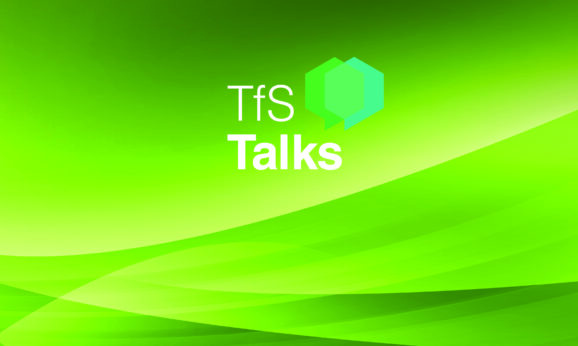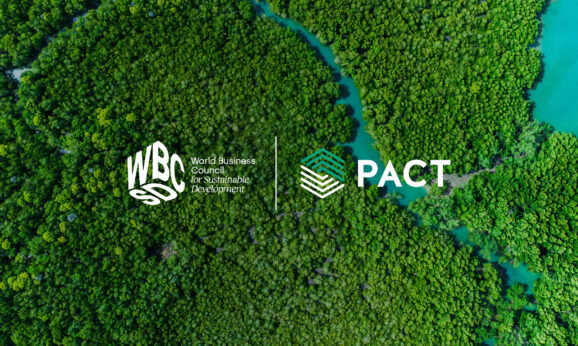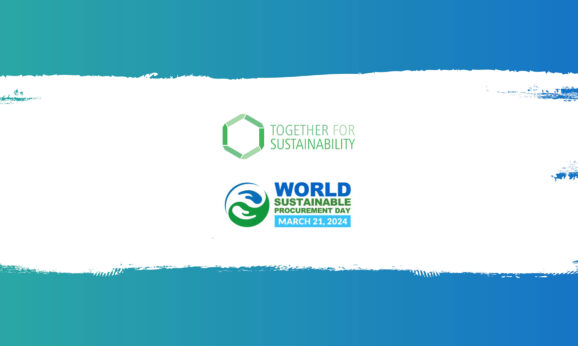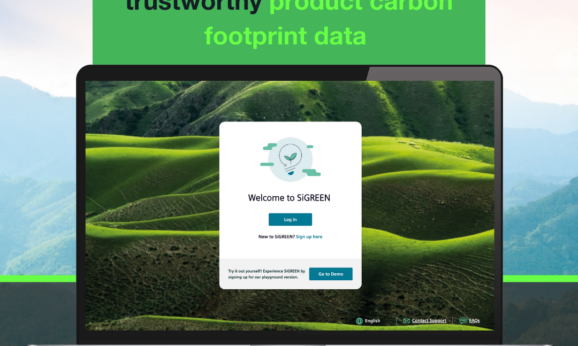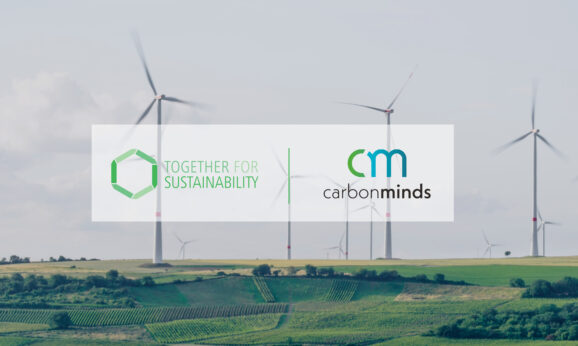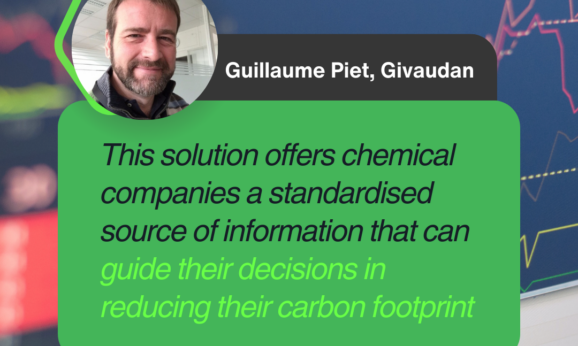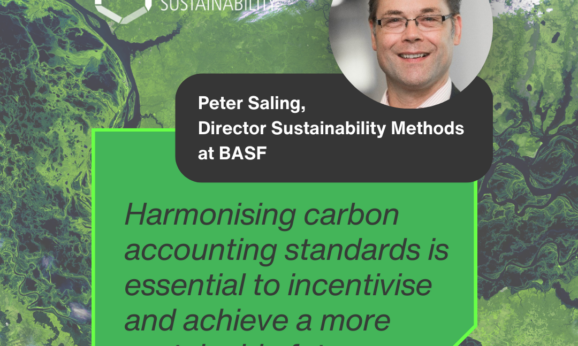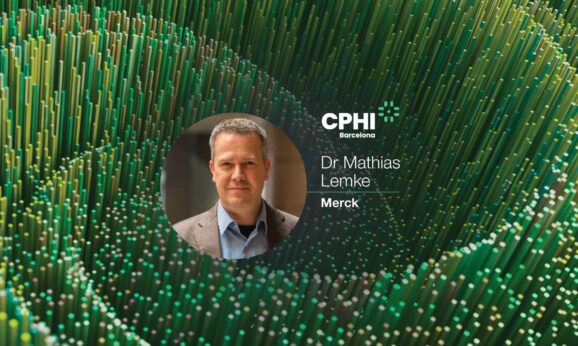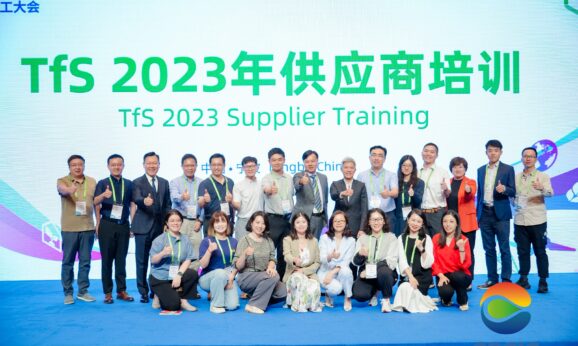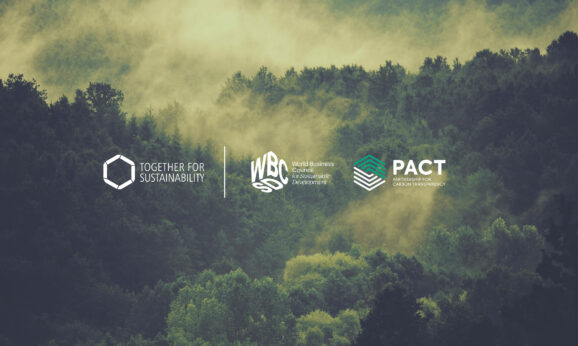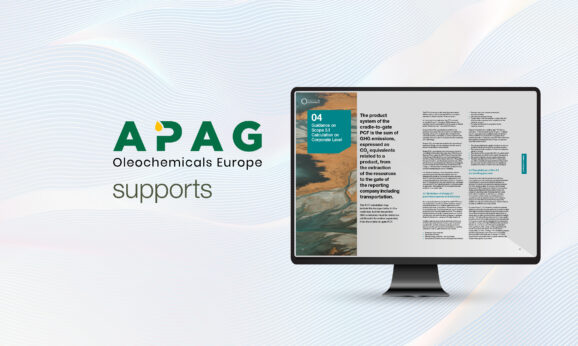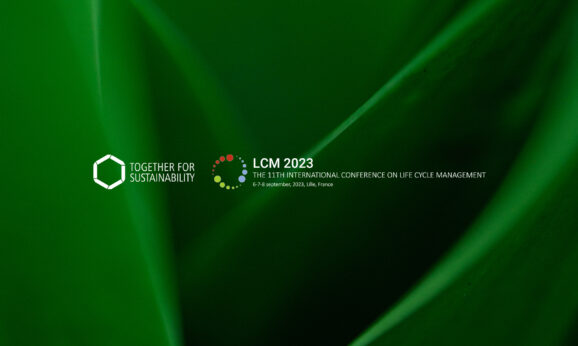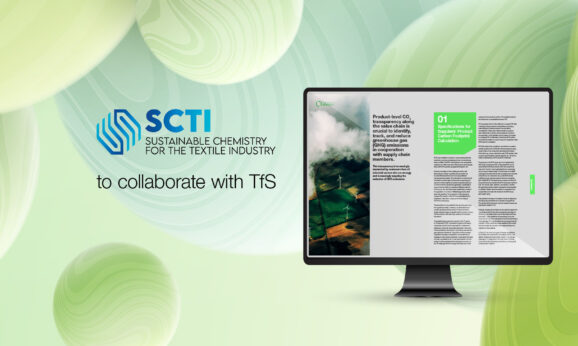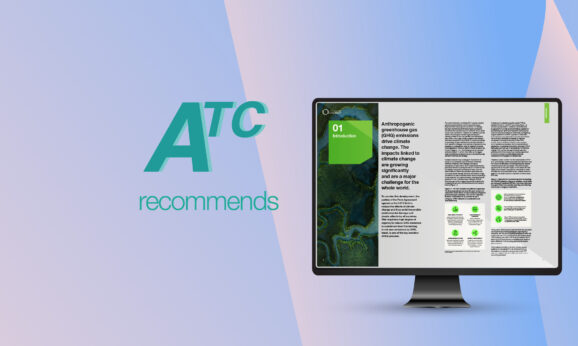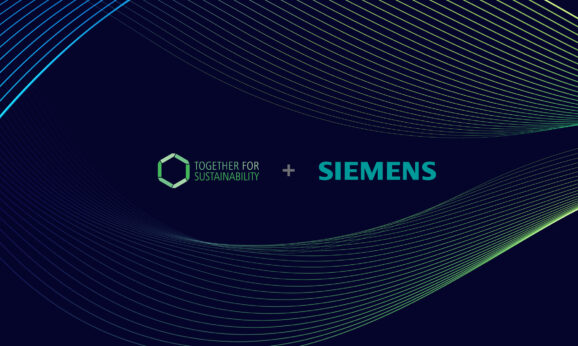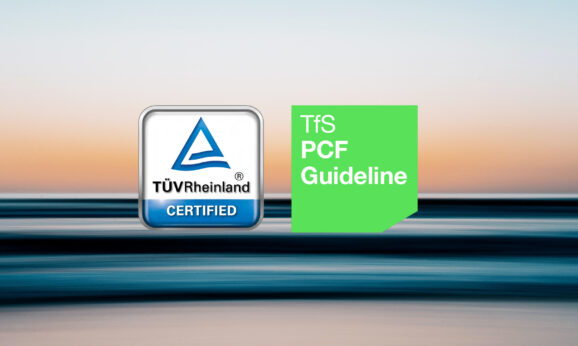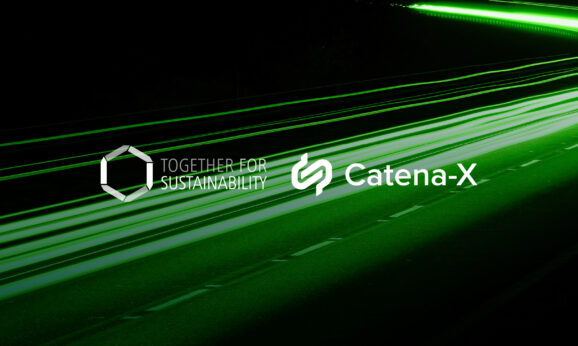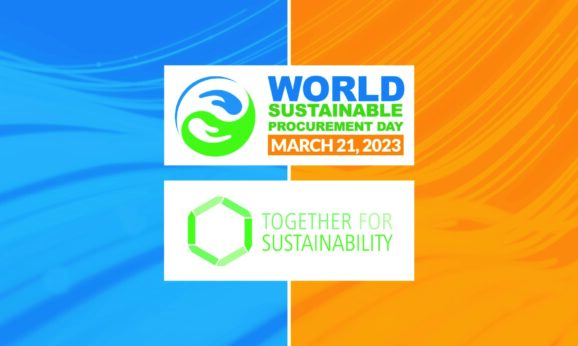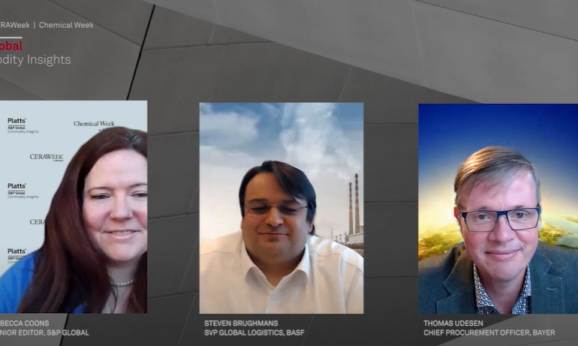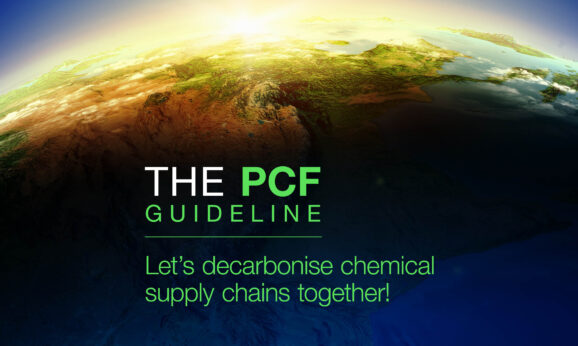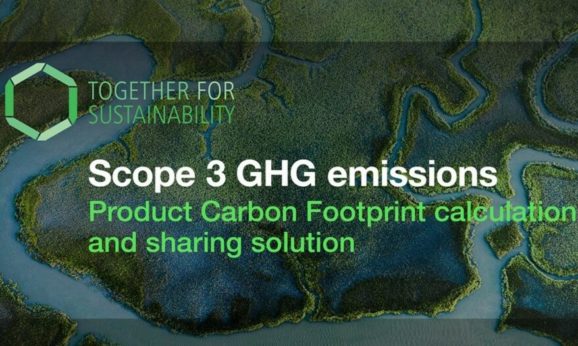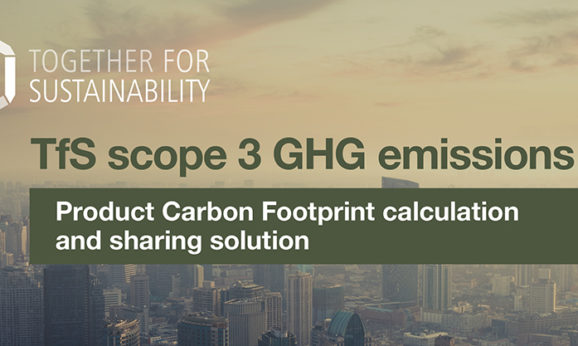White Paper explores new approaches to counting carbon in chemical sector
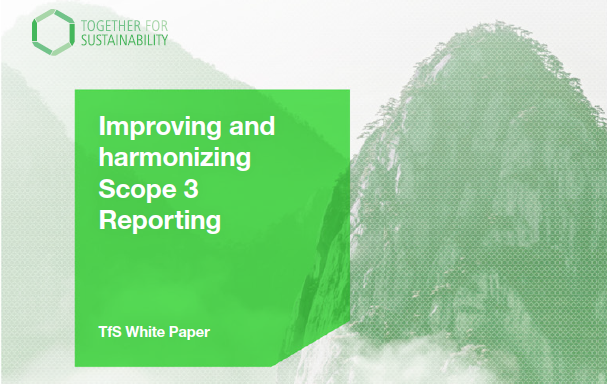
TfS PRESS RELEASE
- Global chemical initiative Together for Sustainability (TfS) releases a White Paper exploring the challenges and potential solutions to harmonise carbon accounting methodologies, uncovering complexities and strategies for a more sustainable chemical industry.
- TfS identifies several improvements in corporate greenhouse gas (GHG) accounting to incentivise decarbonisation across chemical sector.
- The findings seek to aid the evolution of global carbon accounting standards, driving the transition to a low-carbon future.
(Brussels, 25/10/23) – Together for Sustainability (TfS), a global chemical initiative with 50 members, including some of the world’s largest chemical groups, has released a White Paper exploring solutions to harmonise carbon accounting, contributing further to decarbonisation efforts for the chemical sector and its supply chain.
The $5 trillion chemical industry plays a pivotal role in the global economy, serving as the foundation for countless sectors from paints to plastics that rely on its products and processes. With a rich history of innovation, chemical companies are well-positioned to lead the charge on decarbonisation.
Whilst working on the Product Carbon Footprint (PCF) Guideline, which was successfully launched in November 2022, TfS identified several improvements in corporate greenhouse gas (GHG) accounting that would help incentivise decarbonisation across the industry’s supply chain.
Its White Paper, Improving and harmonising Scope 3 Reporting, discusses why the chemical sector must look beyond just energy replacement strategies when it comes to decarbonisation. The White Paper explores the challenges and potential solutions to harmonise carbon accounting methodologies for a more sustainable chemical industry, and shares findings in relation to three key modifications that are vital for the chemical industry:
- Biogenic carbon sources: produced from natural sources such as trees, agricultural crops and food waste
- Mass and energy balance (MB): the integration of biomass, recycled materials (such as kitchen waste) and energy sources into production of chemicals by using chain of custody approaches instead of traditional fossil feedstocks
- Recycled materials and content: the positive effects of a circular economy at both corporate and product levels
A good example of this discussion is the way biogenic carbon sources are considered. These are gaining prominence due to being less GHG emissions-intensive than their fossil counterparts. For example, bioethanol is derived from sugar cane and can be used to produce ethylene, the essential building block to make resins and plastics. This naturally sourced feedstock is used in many sectors, ranging from transport to textiles, providing a less carbon-intensive solution to produce thousands of everyday products.
However, its emissions-saving benefits are not always represented in GHG accounting. Therefore, TfS suggests carbon accounting methodologies should use the -1/+1 gross flow accounting approach, which acts as a balance sheet for carbon emissions and removals. Through this approach, emitting a ton of carbon is recorded as “+1” (negative impact) and removing a ton of carbon is recorded as “-1” (positive impact) to determine the overall effect on the environment.
Peter Saling, Director Sustainability Methods at BASF and Co-Chair of the TfS Scope 3 GHG emissions programme, said:
“This White Paper represents a significant step forward in our collective efforts to address the challenges of carbon accounting in the chemical industry. Using biogenic carbon sources as an example, the current approach for calculating carbon emissions for purchased goods and services in the corporate accounting doesn’t consider the carbon removed from the atmosphere in the so-called category 3.1.
“Our recommendation is to adopt the more meaningful approach that considers the carbon uptake at the beginning of a life cycle and, depending on the end-of-life process, the consideration of the emissions as well (the -1/+1 approach). The carbon removed by the purchased goods and services of a company is then factored accordingly. This approach will allow companies to showcase the benefits of products containing biogenic carbon and enable them to claim carbon removal through these materials in their emissions reporting.”
TfS’ findings aim to contribute to the evolution of global carbon accounting standards, such as the GHG Protocol, the cornerstone of corporate GHG emissions reporting. By considering renewable carbon cycles and emerging technologies, this evolution will incentivise chemical companies and adjacent industries to invest in innovative solutions to reduce GHG emissions and drive the transition to a low-carbon future.
Gabriele Unger, General Manager at TfS, said:
“This White Paper builds on the previous success of TfS’ Scope 3 GHG emissions programme, which saw the launch of the PCF Guideline, the global gold standard for transparency when calculating emissions for chemical raw materials in chemical supply chains.
“The White Paper, alongside the PCF Guideline, is the result of the collective expertise and efforts of TfS’ members. It demonstrates TfS’ unwavering commitment to reduce GHG emissions throughout chemical supply chains and support the transition to a greener global economy.”
Notes to the editor
For more information, including interviews and comment, please contact:
- Georgia Dalton, ESG Communications
- t: +44 (0)7798 751 529 | e: georgia@esgcomms.com






